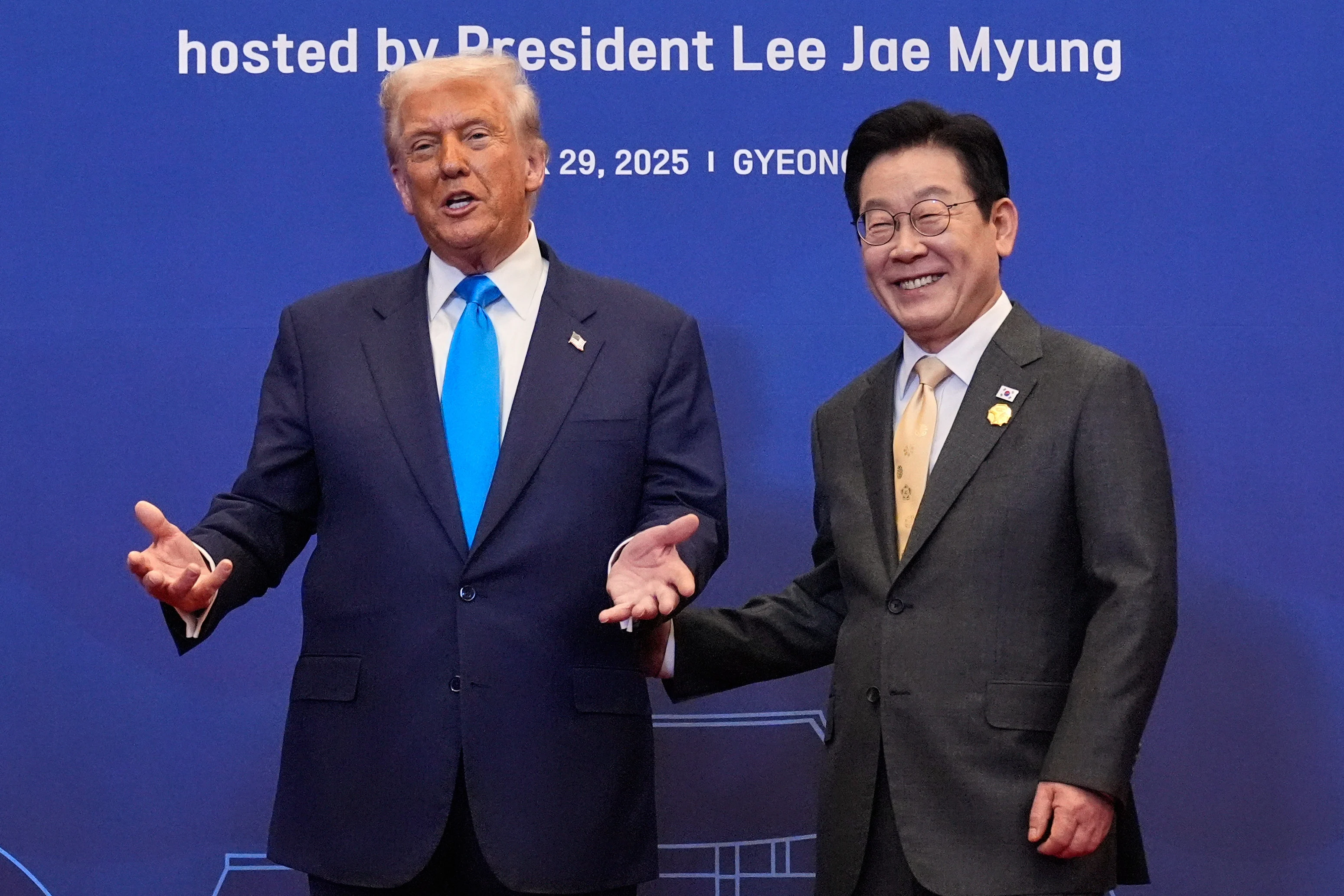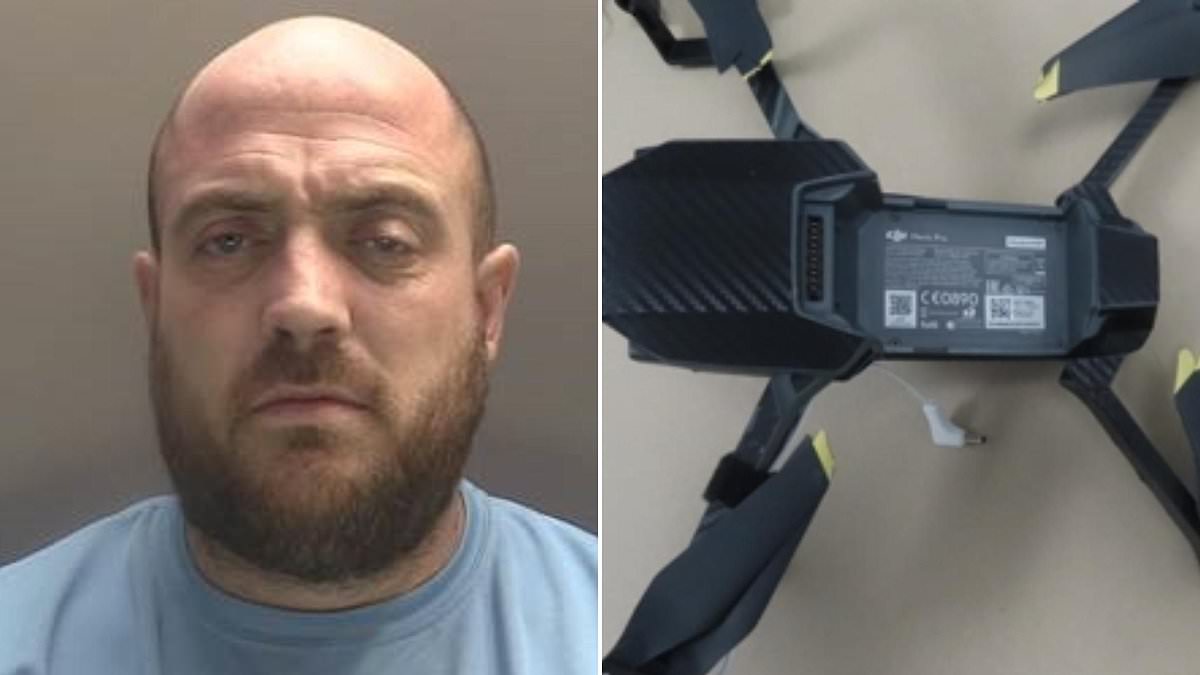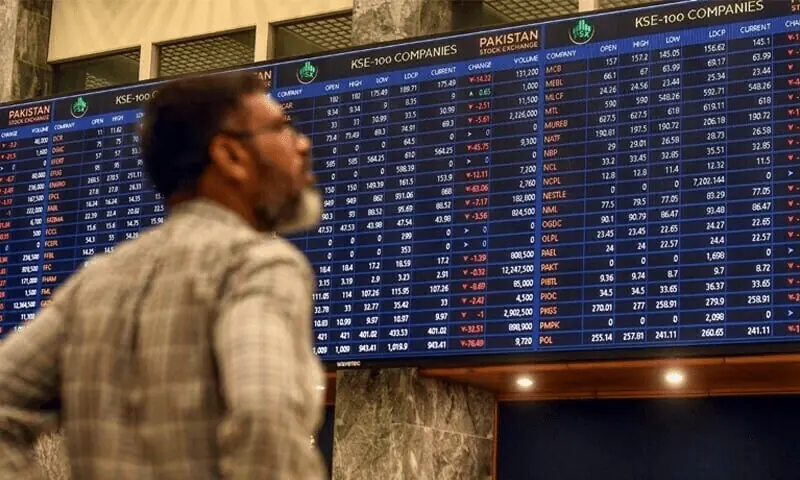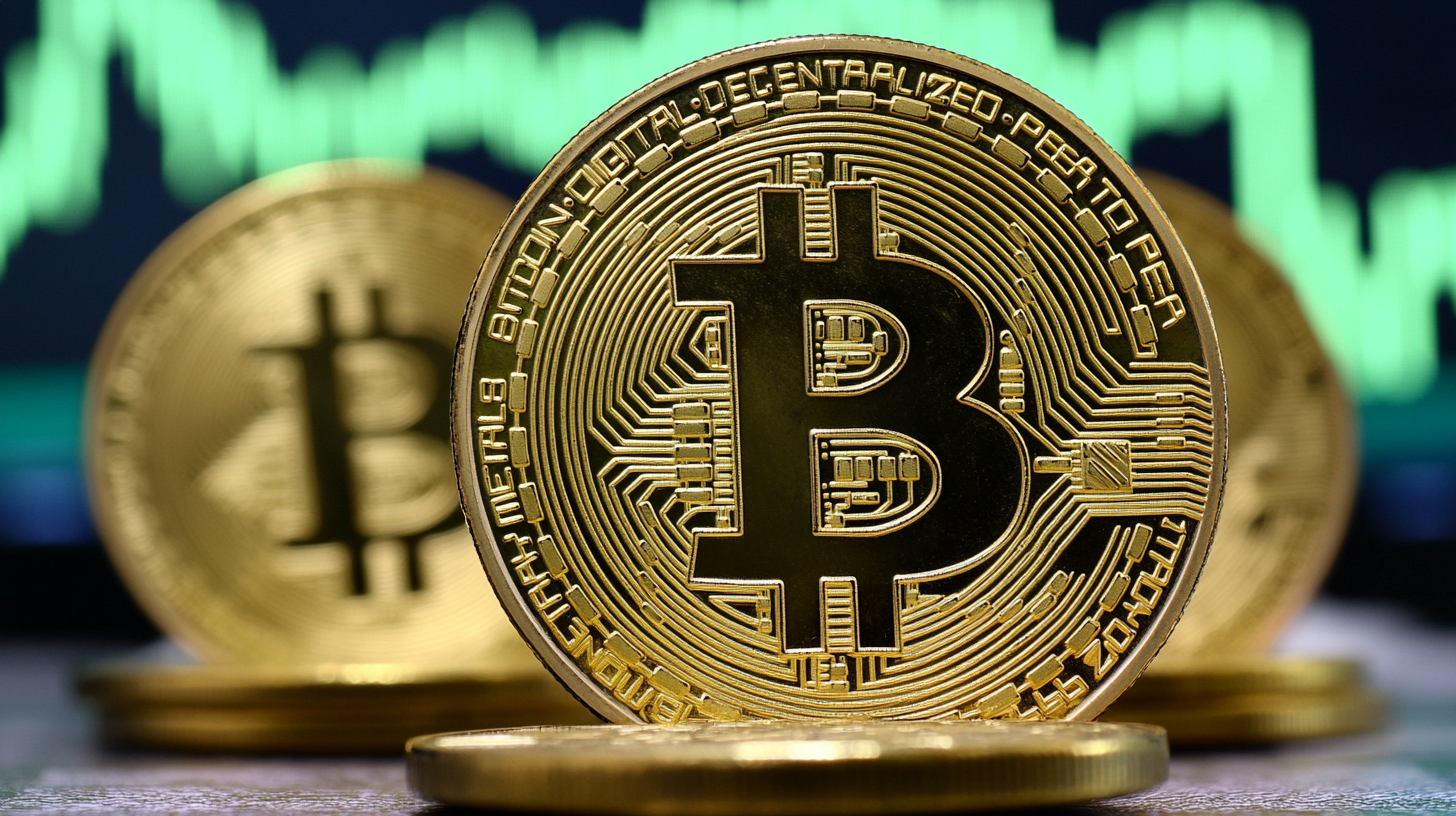Copyright scmp

South Korea and the United States reached a comprehensive trade deal on Wednesday, ranging from tariffs and investment to shipbuilding, at the summit in Gyeongju between President Lee Jae-myung and his American counterpart, Donald Trump. “We reached a deal. We did a lot of different things. Great session,” Trump said. The two countries agreed to maintain tariffs at 15 per cent following a preliminary deal reached earlier this year, Chief Presidential Secretary for Policy Kim Yong-beom told reporters. They agreed on “cutting tariffs on automobiles and auto parts to 15 per cent”, down from 25 per cent, Kim said, adding that “South Korea’s financial investment package for the United States, worth US$350 billion, consists of US$200 billion in cash investment and US$150 billion in shipbuilding cooperation”. Kim said the investments would be “made in accordance with progress in projects and within an annual limit of US$20 billion, minimising any impact on the market”. The US$20 billion would be mostly raised through interest payments and dividends on the country’s foreign exchange reserves to avoid affecting the capital market, he added. Leif-Eric Easley, professor of international studies at Ewha Womans University in Seoul, said Trump’s use of tariffs for negotiating leverage had shaken the US-South Korea free-trade agreement, added costs and uncertainty for businesses, and consumed much bandwidth of diplomats who would otherwise be coordinating Indo-Pacific strategies. “Even if the two sides reached an investment deal, the real challenges will be in implementation,” he told This Week in Asia. Given the rise of Chinese competitors and economic security concerns, Easley said South Korea’s national interests were tied to cooperating with the US in strategic industries such as artificial intelligence, energy and shipbuilding. “But Seoul and Washington still have much to do in coordinating policies towards China.” During their discussions on security and trade issues on the sidelines of the Apec summit in Gyeongju on Wednesday, Lee had urged Trump to approve the transfer of fissile material to fuel nuclear-powered submarines that it wanted to build, citing difficulties in tracking North Korean and Chinese submarines. “I would appreciate it if you would decide to allow us to get fuel for nuclear-powered submarines,” Lee told Trump. He stressed that the country was not seeking to build submarines armed with nuclear weapons, but nuclear-powered submarines. Such vessels use nuclear reactors for propulsion and can stay submerged for extended periods. By contrast, conventional diesel-powered submarines have to surface frequently to recharge their batteries. A submarine using a nuclear reactor as its power source is also far quieter than a conventional submarine, making it much harder to detect by enemy forces. “The limited underwater endurance of conventional submarines restricts our ability to track North Korean and Chinese submarines,” Lee said. He also mentioned in his request the country’s maritime defence in the Sea of Japan and the Yellow Sea, referred to as the East Sea and the West Sea, respectively, by South Korea. “So, if possible, please allow us to receive nuclear fuel. With that, we can build several submarines armed with conventional weapons using our own technology and conduct defensive operations in the East Sea and the West Sea of the Korean peninsula, thereby reducing the US military’s burden.” South Korea already boasts cutting-edge shipbuilding technology to build vessels such as advanced conventional submarines. However, its long-held ambition to develop nuclear-powered submarines has faced hurdles due to Washington’s refusal to supply enriched uranium needed to fuel the reactors to its ally. Presidential National Security Adviser Wi Sung-lac said after the summit that Trump “expressed understanding” of South Korea’s need for nuclear-powered submarines in light of the situation on the Korean peninsula. “The key outcome of the 87-minute luncheon summit was confirming Washington’s strong willingness to cooperate in modernising the alliance.” When asked whether Lee’s request was intended as part of South Korea’s participation in US efforts to contain China, Wi said: “I believe it was not about referring to submarines of a specific country, but rather about the need to respond to submarines operating in waters near North Korea and China.” Analysts say despite Trump’s willingness to help modernise the alliance, Washington remains wary due to its concerns over nuclear proliferation. Lee Il-woo, who was previously involved in planning for the development of nuclear-powered submarines, said Seoul had told Washington in 2017 and 2018 about its plans for developing such submarines and expressed its wish to import enriched uranium from the US for that purpose. Currently, only the US, China, Russia, the United Kingdom, France and India operate nuclear-powered submarines. Australia is developing them under the Aukus security alliance with the US and the UK. Japan is also reportedly exploring introducing nuclear-powered submarines to its naval fleet. “South Korea needs at least three nuclear-powered submarines to monitor North Korean submarines around the clock, but because of the US reluctance to supply fuel for nuclear reactors, this project remains in doubt,” Lee Il-woo told This Week in Asia. Easley warned that North Korea was testing missiles and expanding its sanctions-violating transactions with Russia while ignoring diplomatic overtures from both Trump and Lee. “The Lee administration is calling for Trump to support South Korean nuclear enrichment and reprocessing, submarines with nuclear propulsion, and operational control of military forces during wartime,” he said. “But such deals might not be timely from the perspectives of the global non-proliferation regime, defence resource allocation, and alliance management.” Doo Jin-ho, a senior analyst at the Korea Research Institute for National Strategy, said South Korea and the US were scheduled to hold a meeting next week to discuss key security issues, including a possible amendment to their bilateral nuclear cooperation agreement, which governs the supply and use of nuclear fuel. The current agreement does not allow the use of nuclear materials for military purposes, but Seoul has argued that nuclear-powered submarines do not fall under the restriction. President Lee also discussed with Trump about increasing South Korea’s defence budget, which has been one of Washington’s key demands for Seoul to take on more responsibility for the alliance. “We will ensure sufficient support and an increase in defence spending to reduce America’s defence burden. Through expanded defence spending and a stronger defence industry, we plan to significantly enhance our self-defence capabilities.” South Korea’s current defence budget was already at 1.4 times North Korea’s annual gross domestic product, making it the fifth largest in the world, he added. Meanwhile, Trump suggested a meeting between him and North Korea’s leader Kim Jong-un during his two-day visit to South Korea on Wednesday and Thursday was not likely to materialise, as Pyongyang had yet to publicly respond to his overtures. The US president has repeatedly expressed interest in meeting Kim to rekindle what he once called their “bromance”. The pair met three times during Trump’s first term – in Singapore in June 2018, at the Hanoi summit in February 2019, when both of them failed to reach an agreement over the North’s denuclearisation, and in Panmunjom at the inter-Korean border in June 2019. “I know Kim Jong-un very well. We get along very well,” Trump said on Wednesday. “We really weren’t able to work out timing.” In what analysts have described as a sign of Kim’s disinterest in meeting Trump, North Korea test-fired its nuclear-capable cruise missiles on Tuesday. Additional reporting by Agence France-Presse



